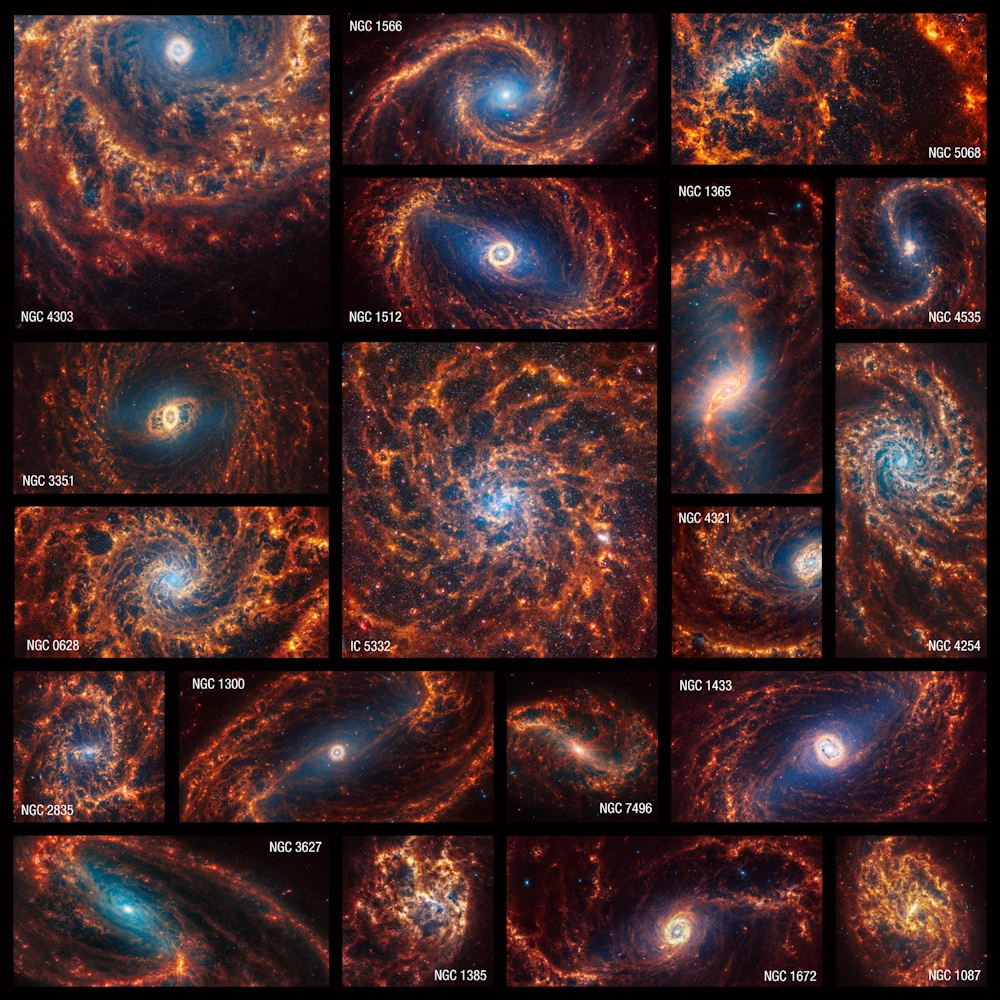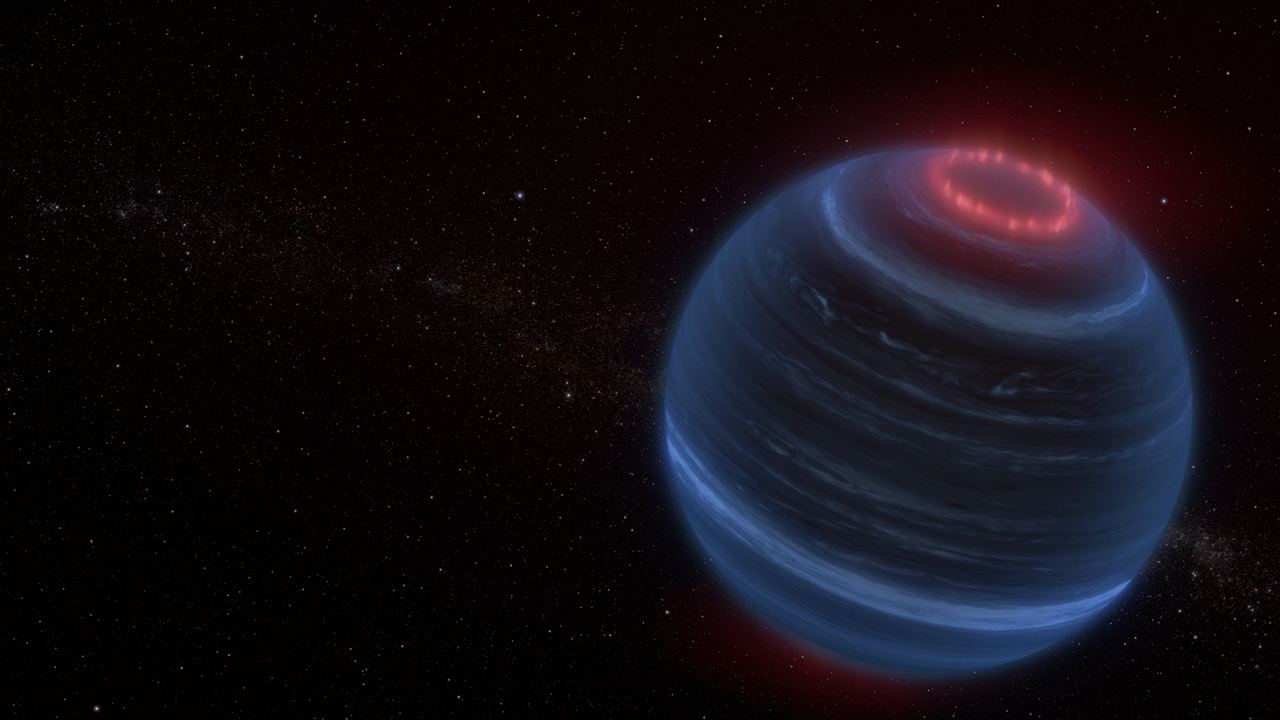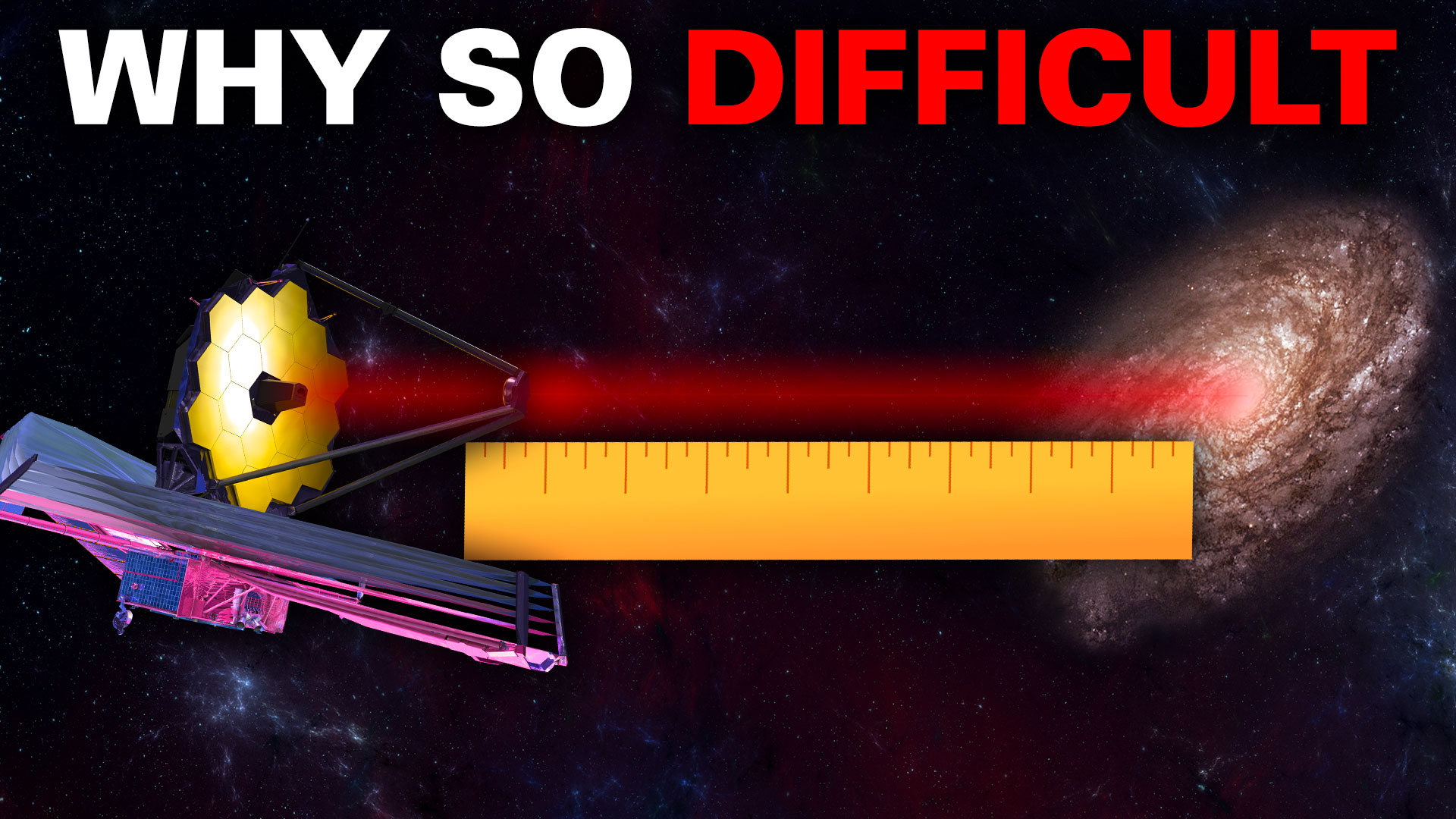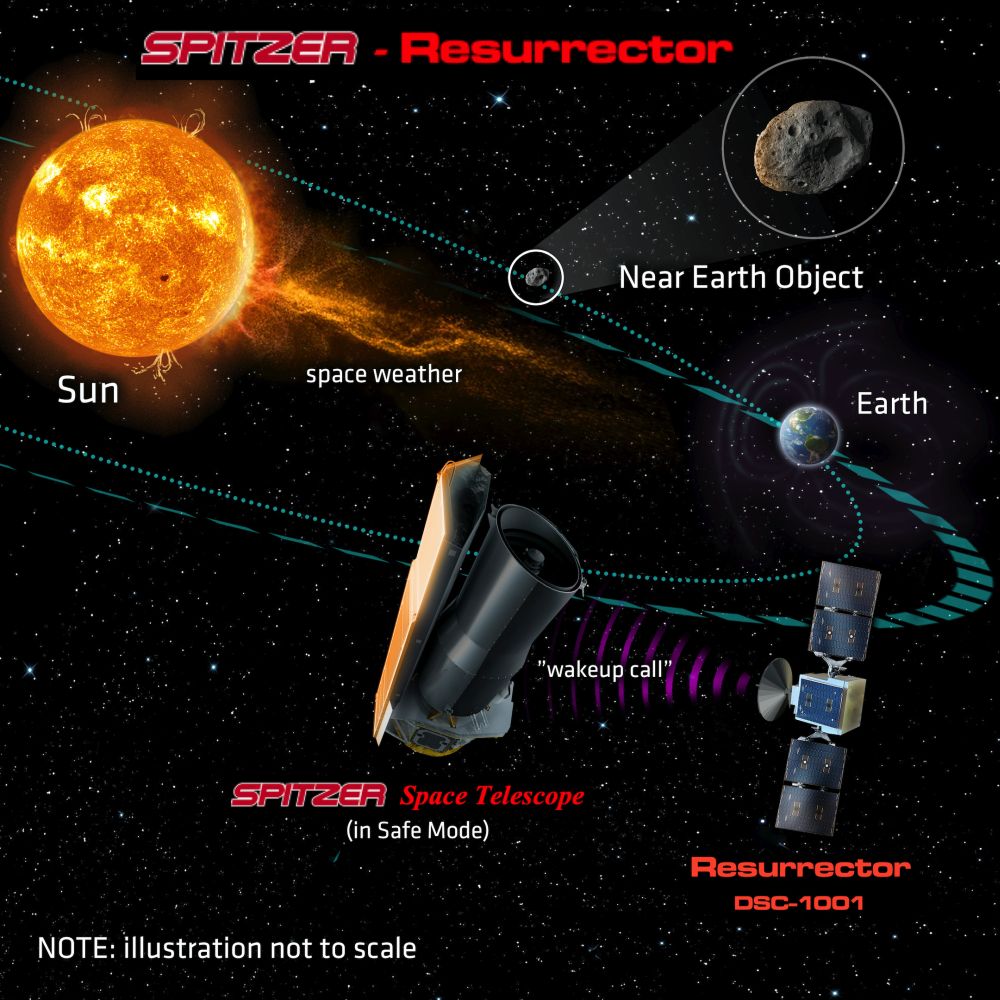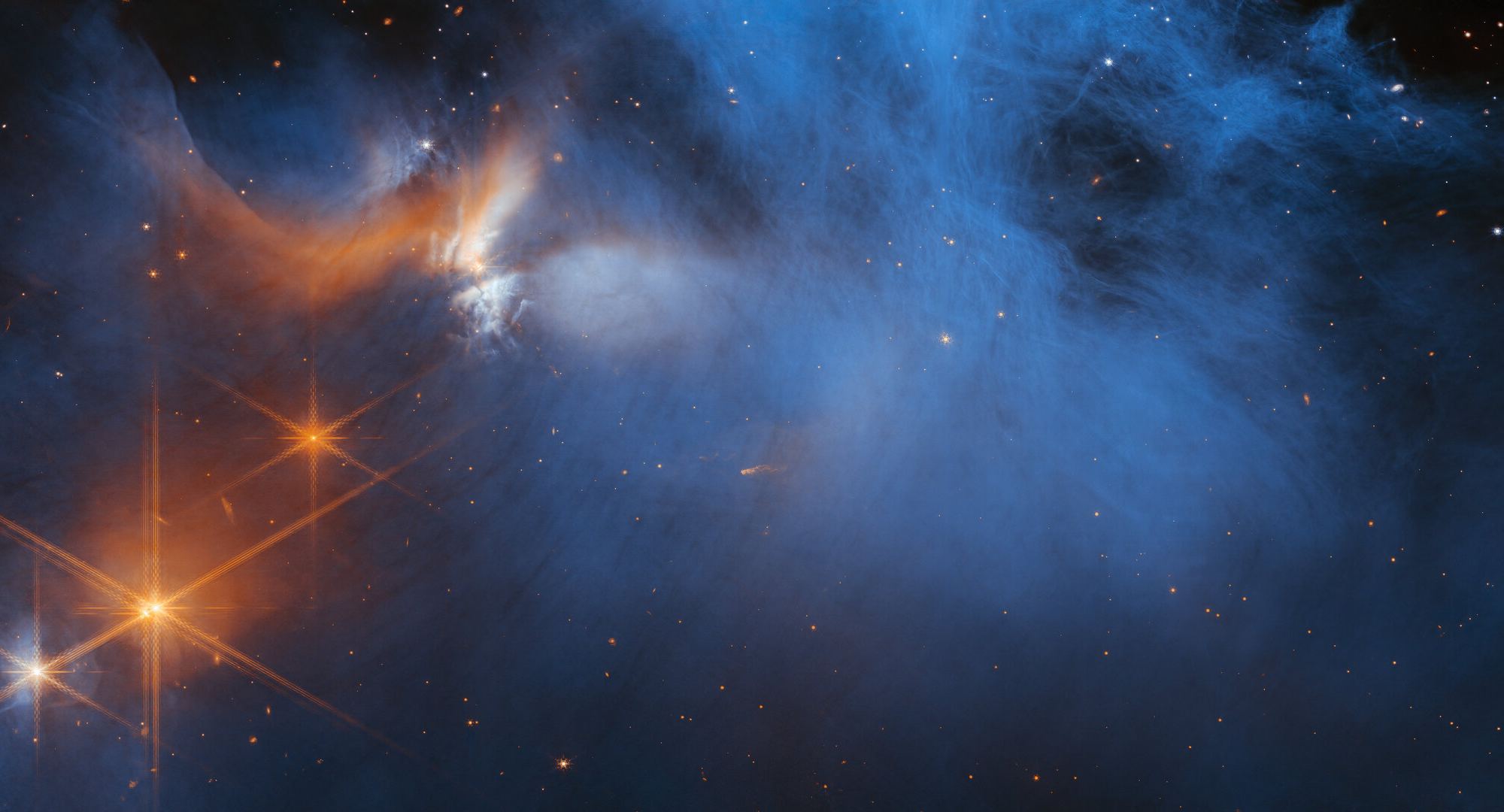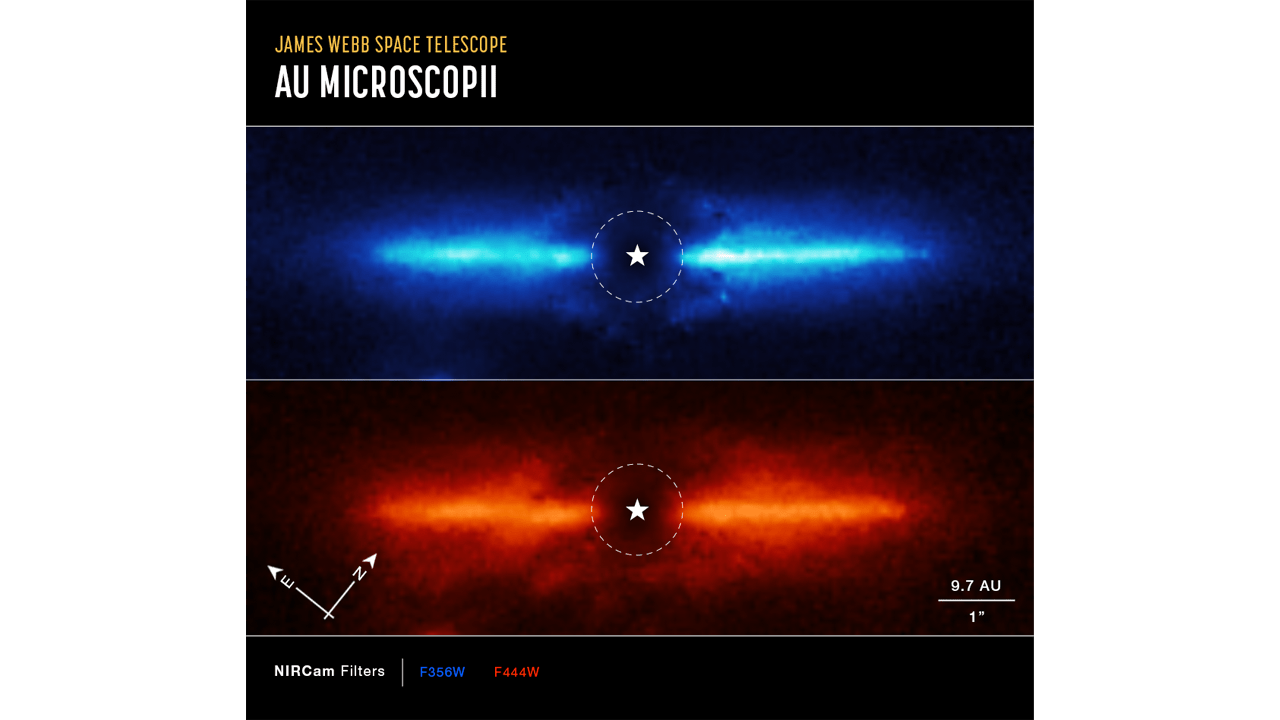In 1960, Freeman Dyson proposed how advanced civilizations could create megastructures that enclosed their star, allowing them to harness all of their star’s energy and multiplying the habitable space they could occupy. In 2015, the astronomical community was intrigued when the star KIC 8462852 (aka. Tabby’s Star) began experiencing unexplained changes in brightness, leading some to speculate that the variations might be due to a megastructure. While the final analysis of the star’s light curve in 2018 revealed that the dimming pattern was more characteristic of dust than a solid structure, Tabby’s Star focused attention on the subject of megastructures and their associated technosignatures.
Dyson’s ideas were proposed at a time when astronomers were unaware of the abundance of exoplanets in our galaxy. The first confirmed exoplanet was not discovered until 1992, and that number has now reached 5,514! With this in mind, a team of researchers from Bangalore, India, recently released a paper that presents an alternative to the whole megastructure concept. For advanced civilizations looking for more room to expand, taking planets within their system – or capturing free-floating planets (FFP) beyond – and transferring them into the star’s circumsolar habitable zone (HZ) is a much simpler and less destructive solution.
Continue reading “Why Build Megastructures? Just Move Planets Around to Make Habitable Worlds”

